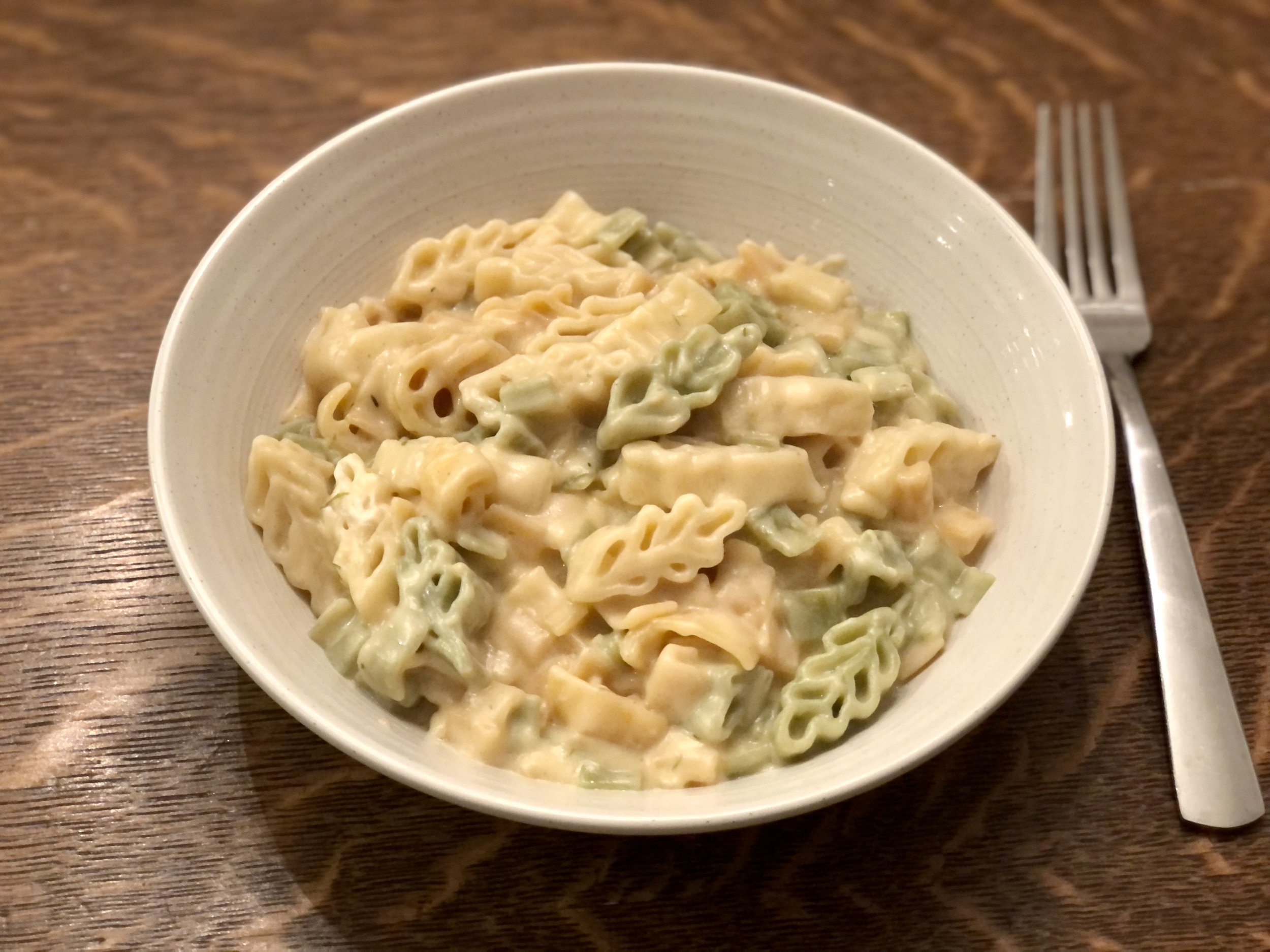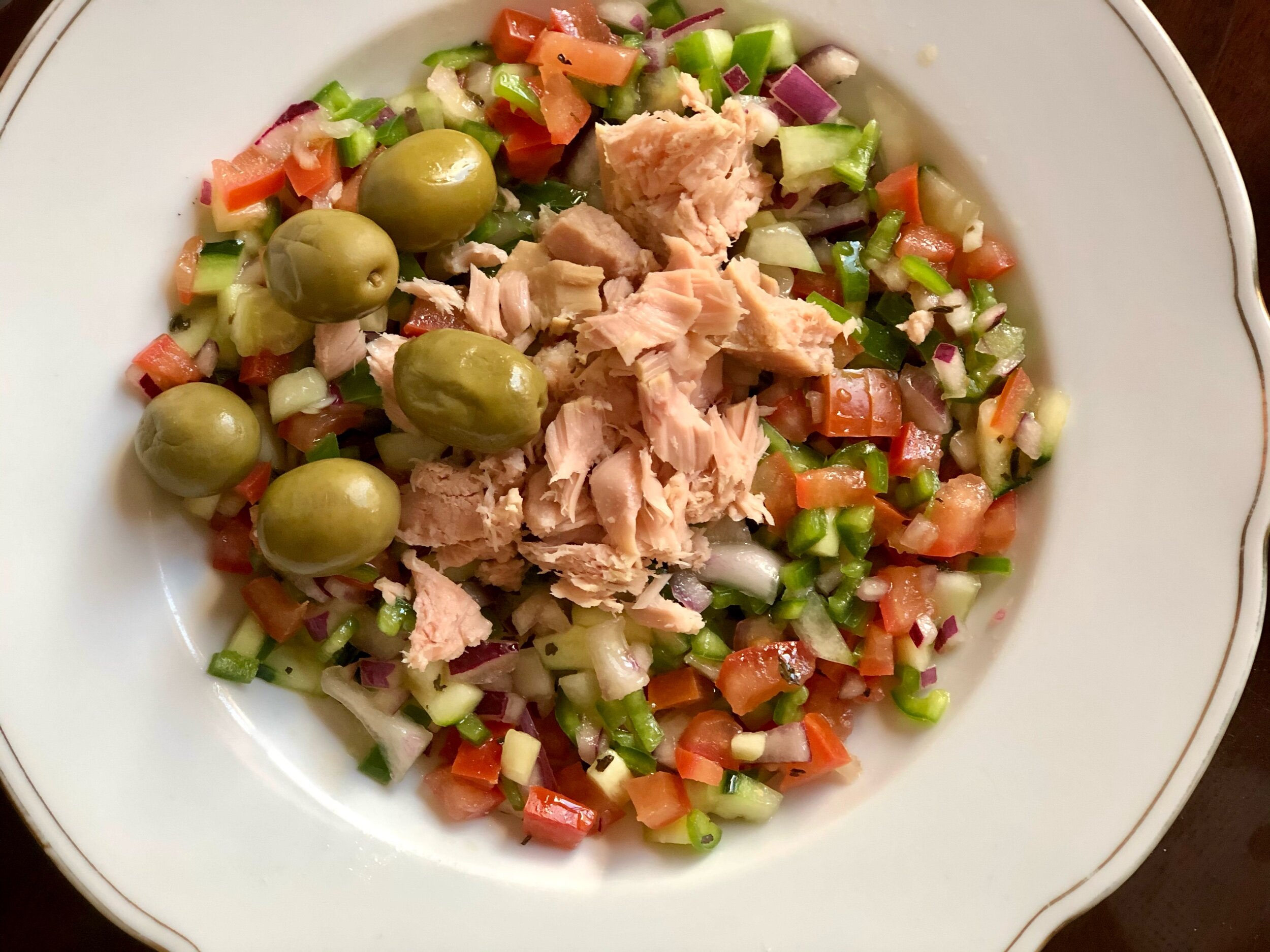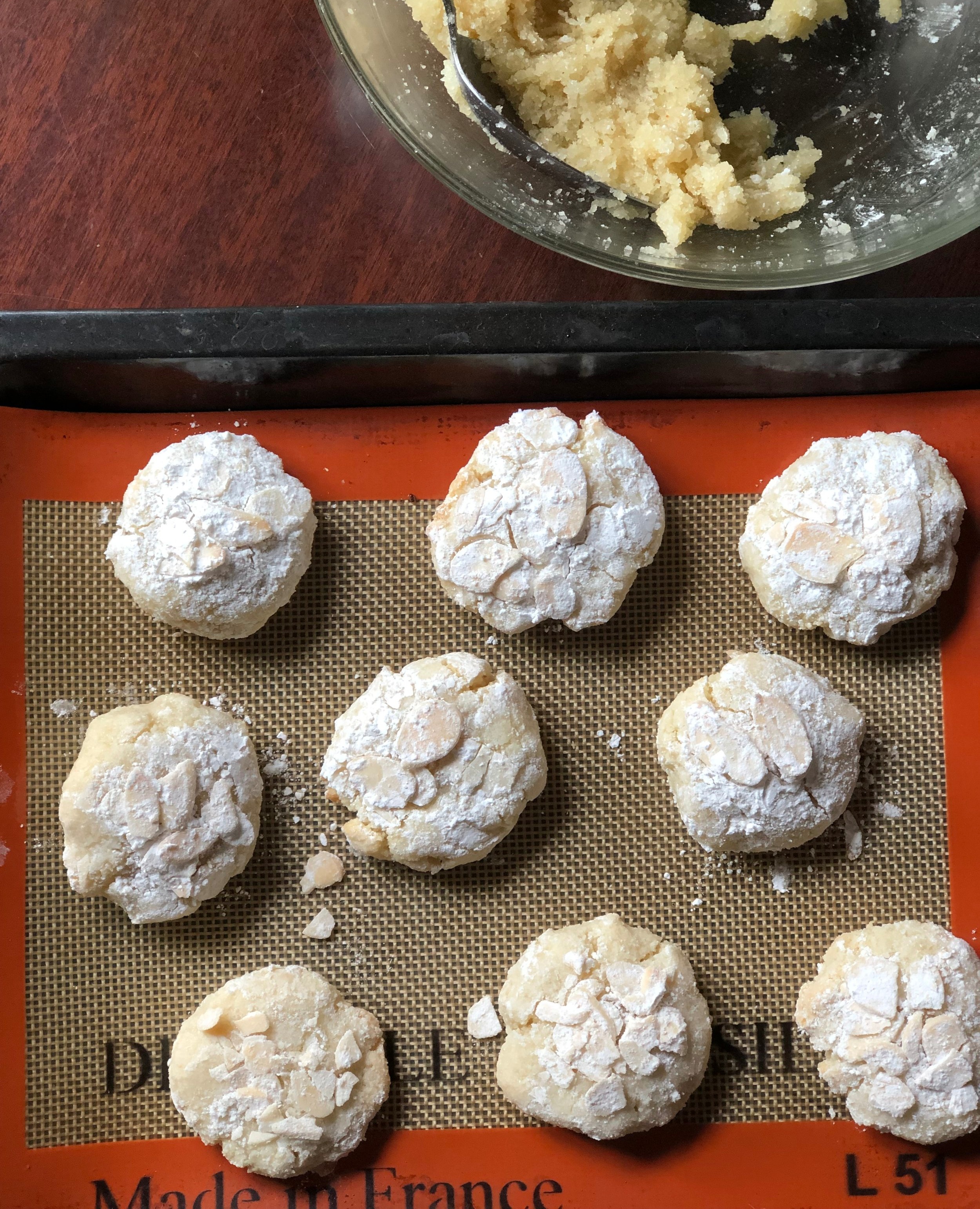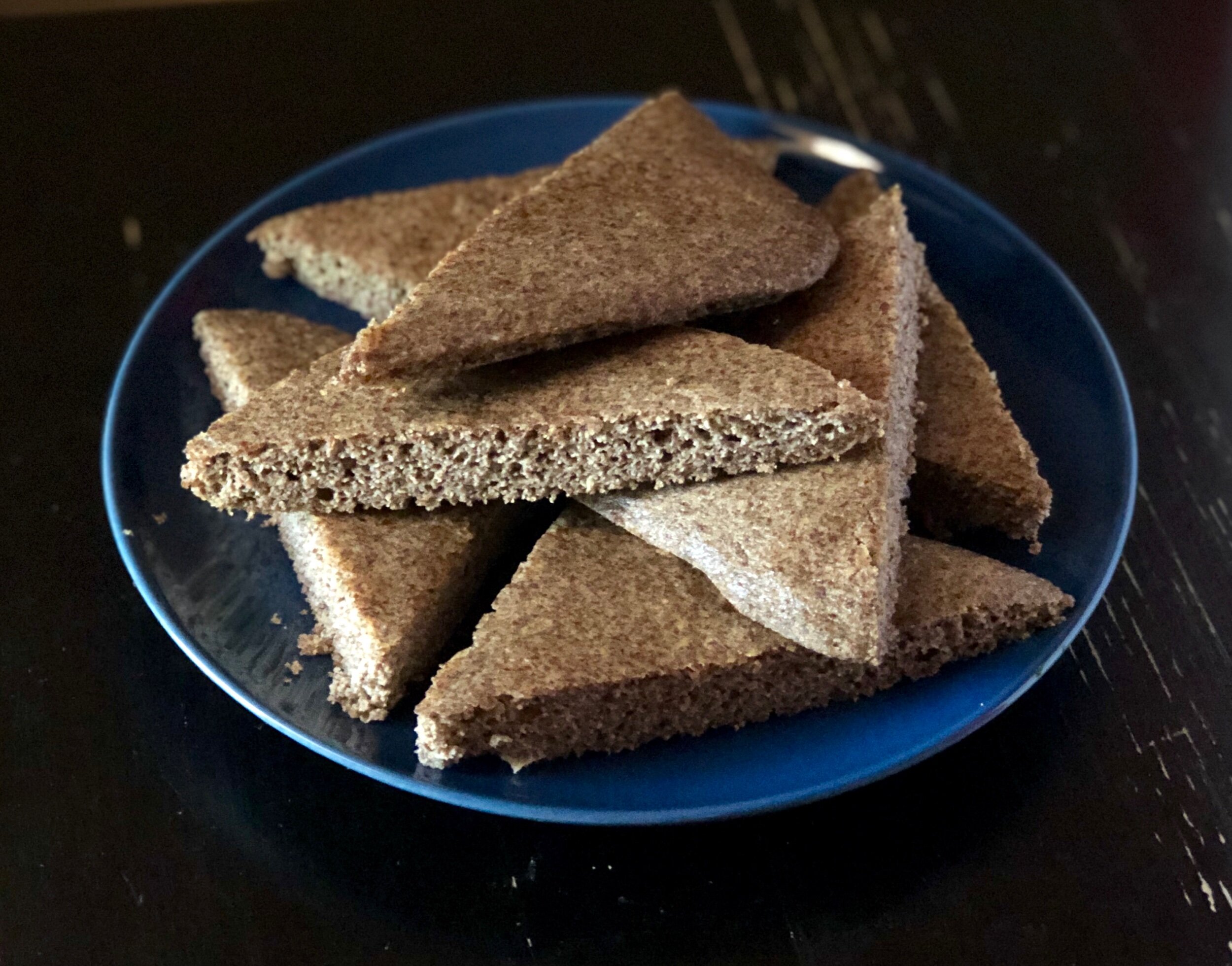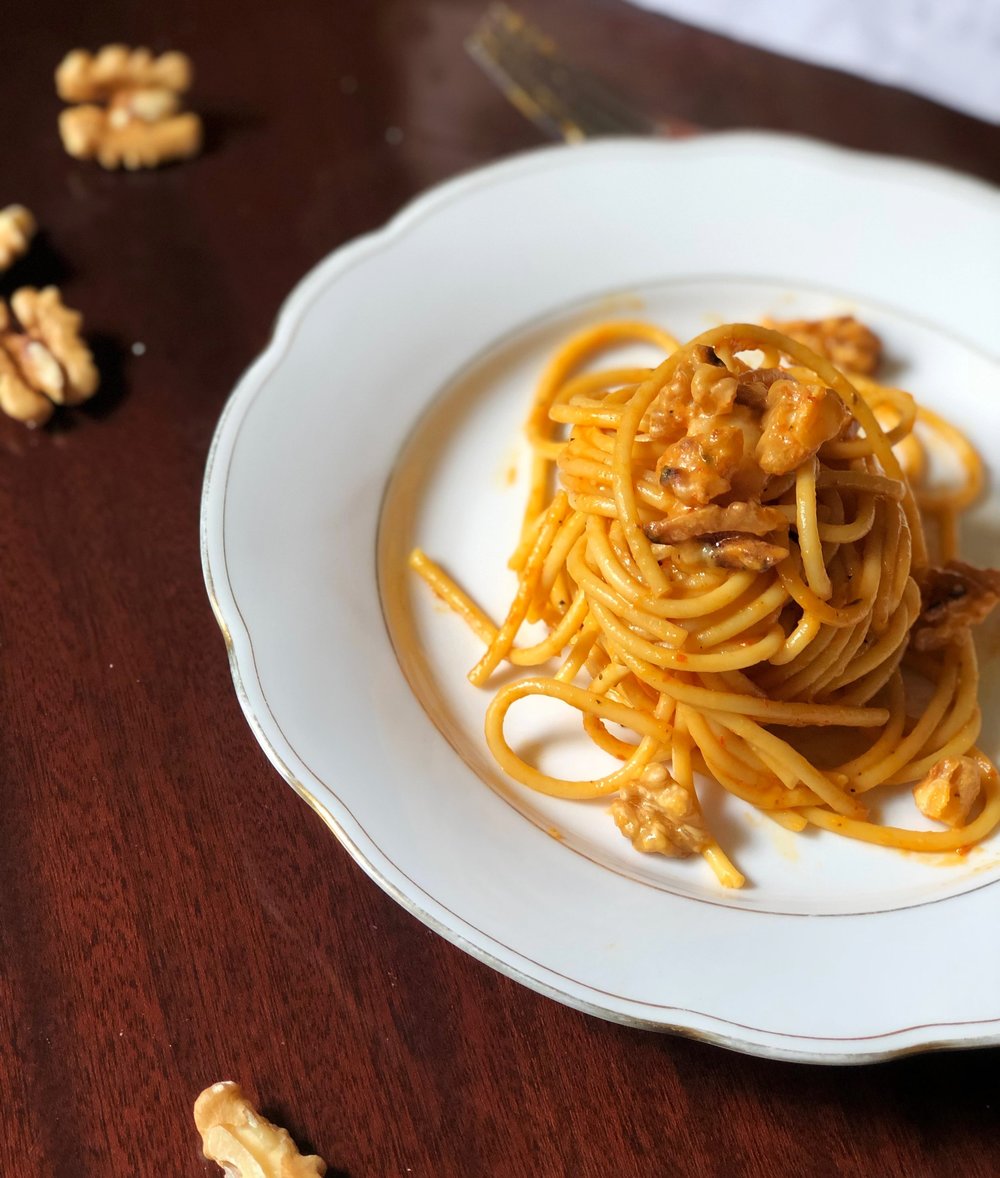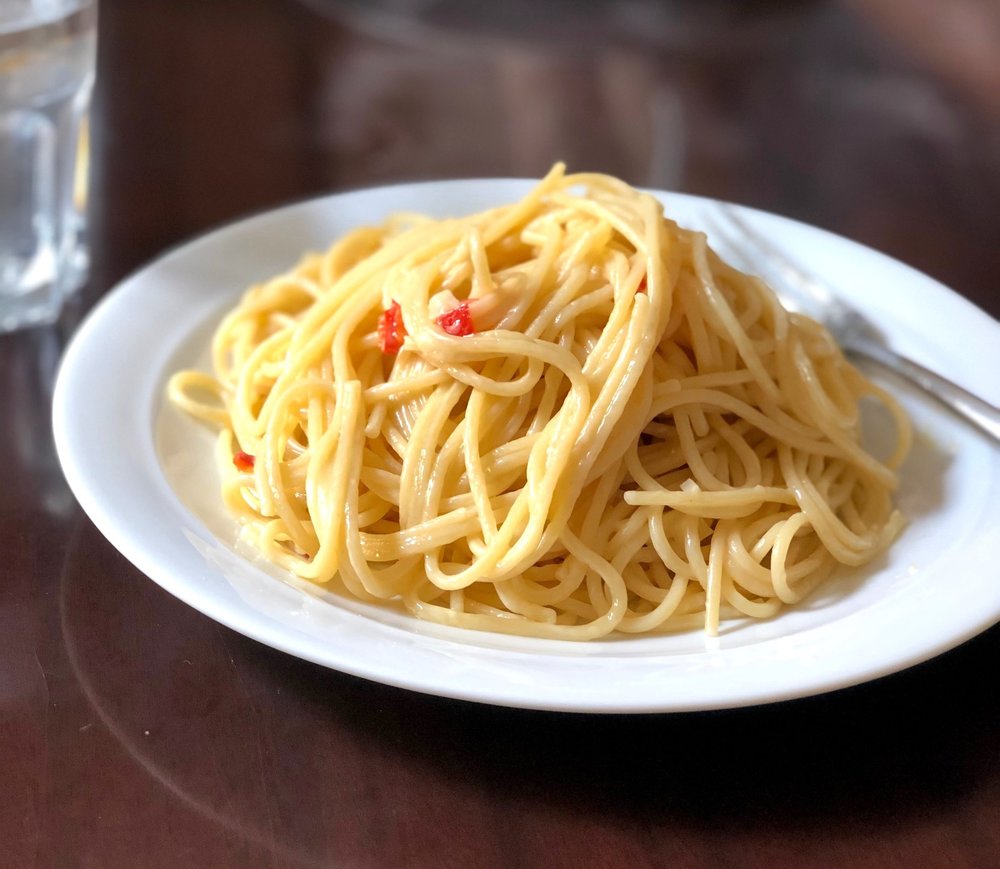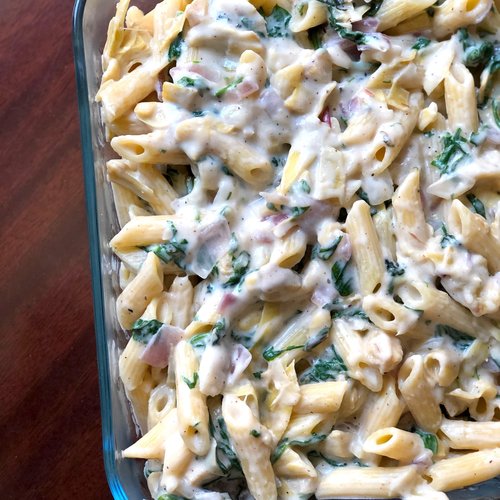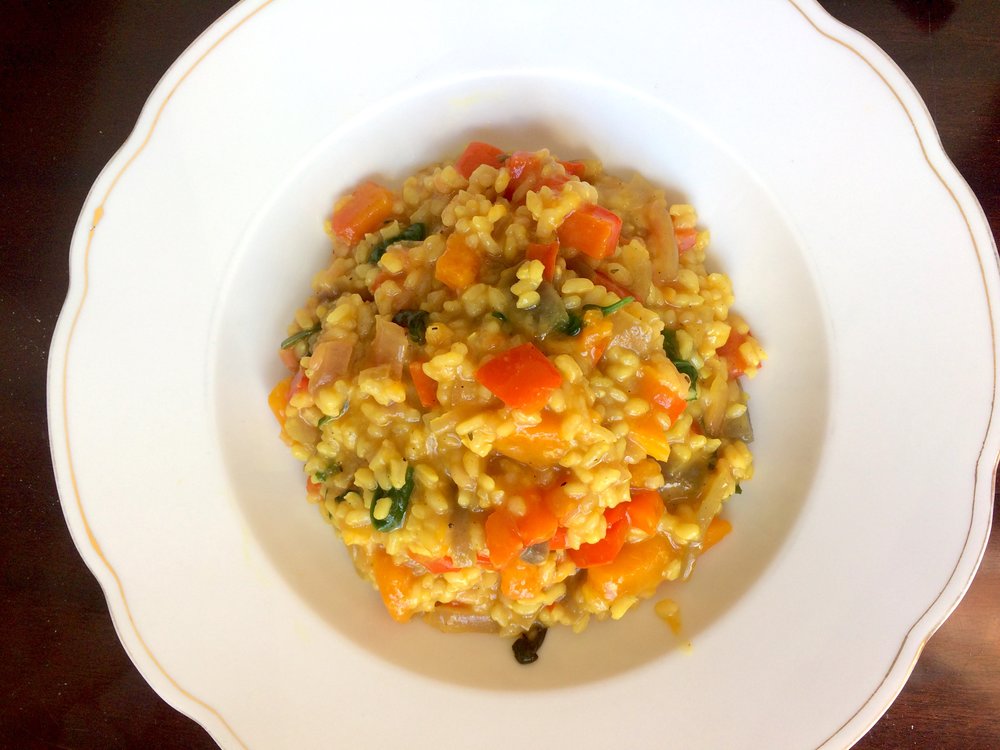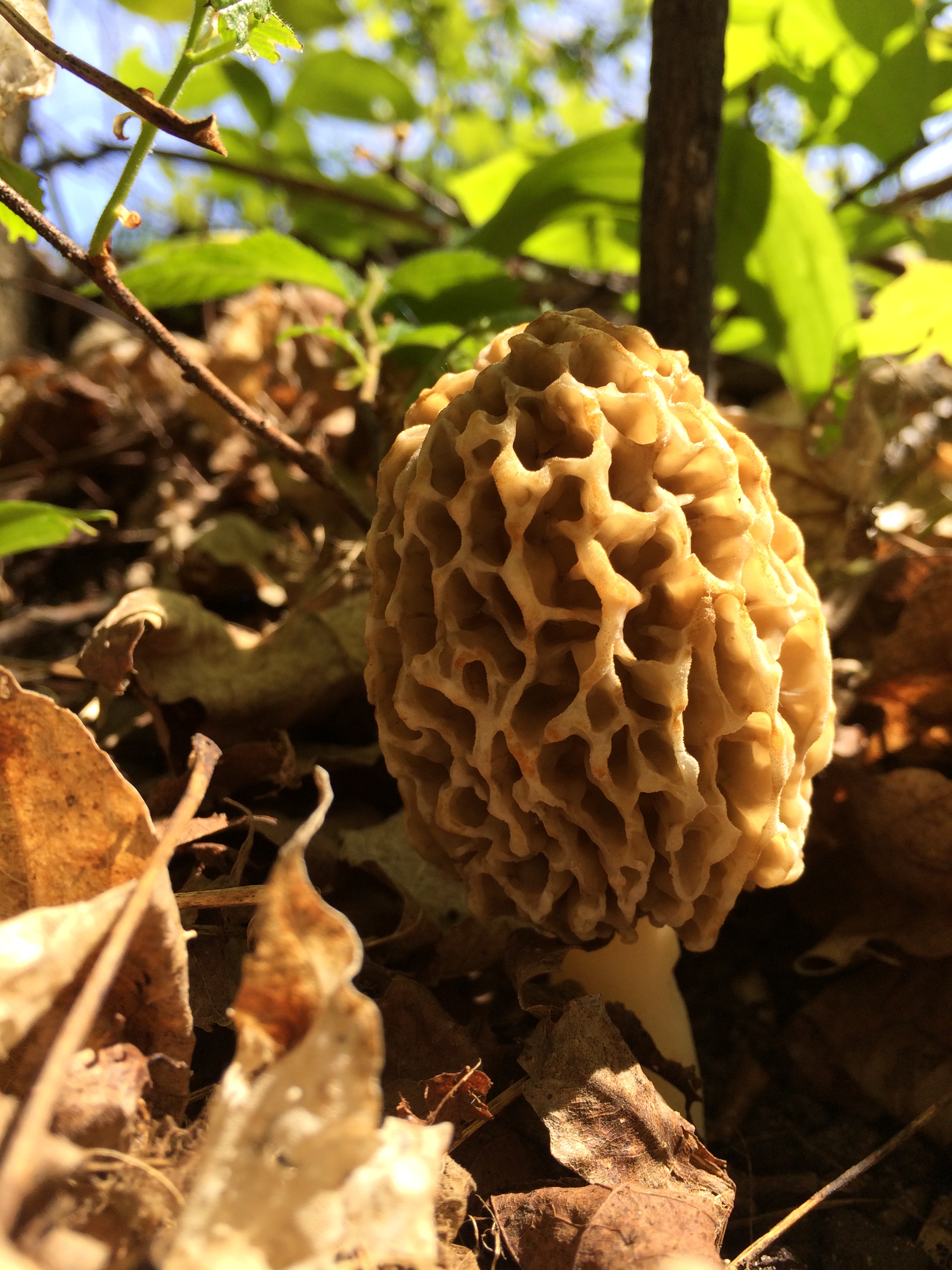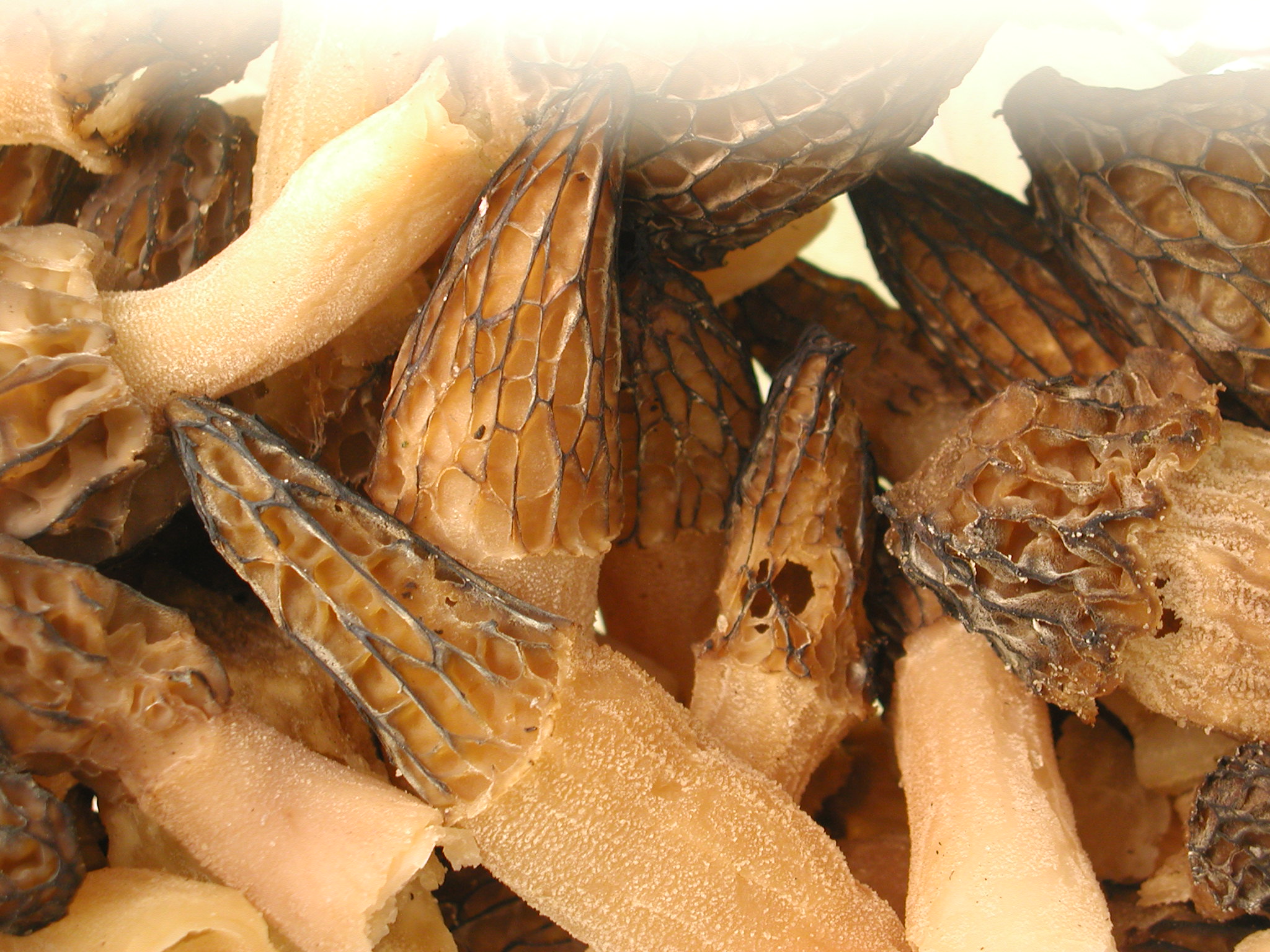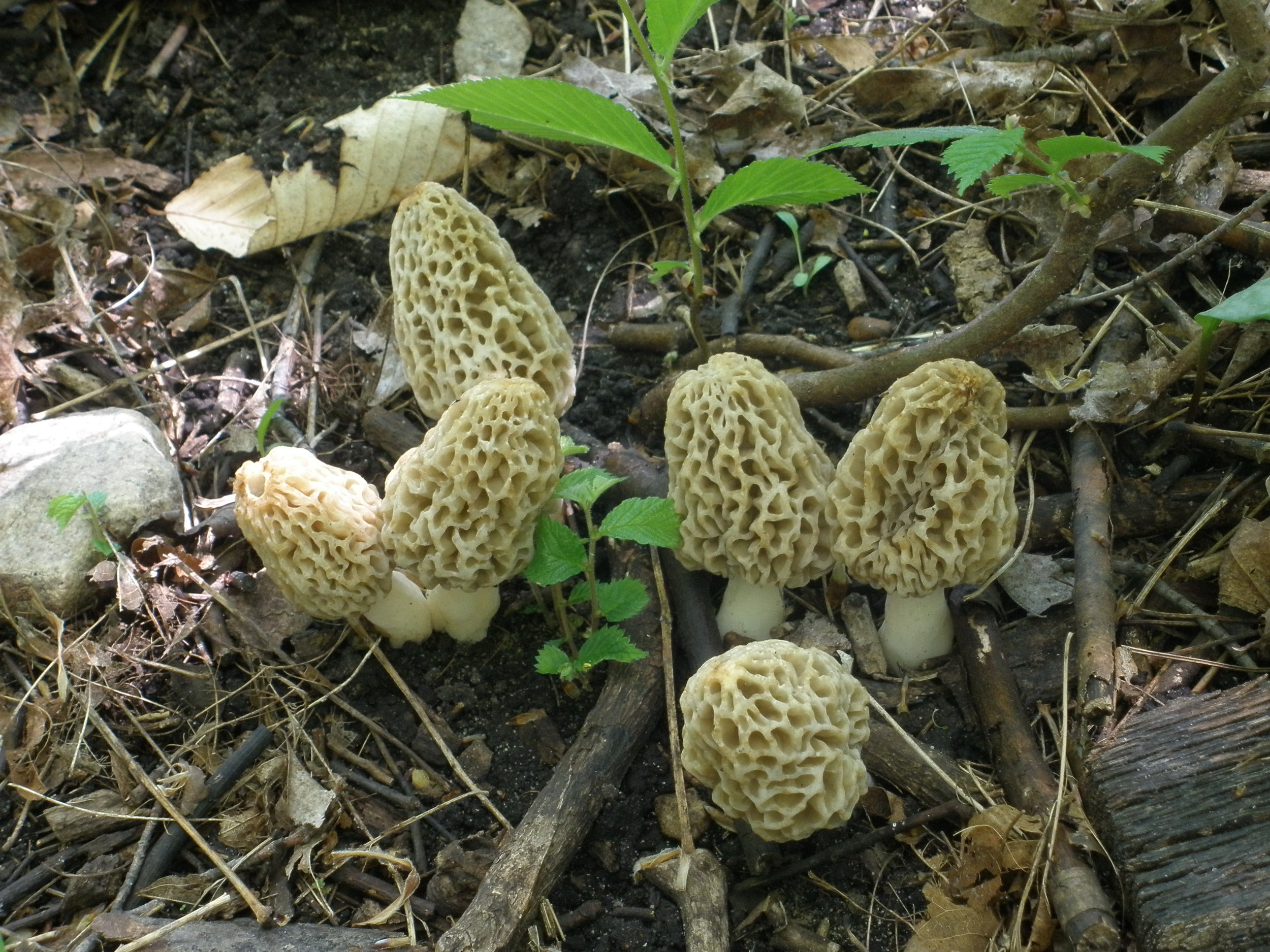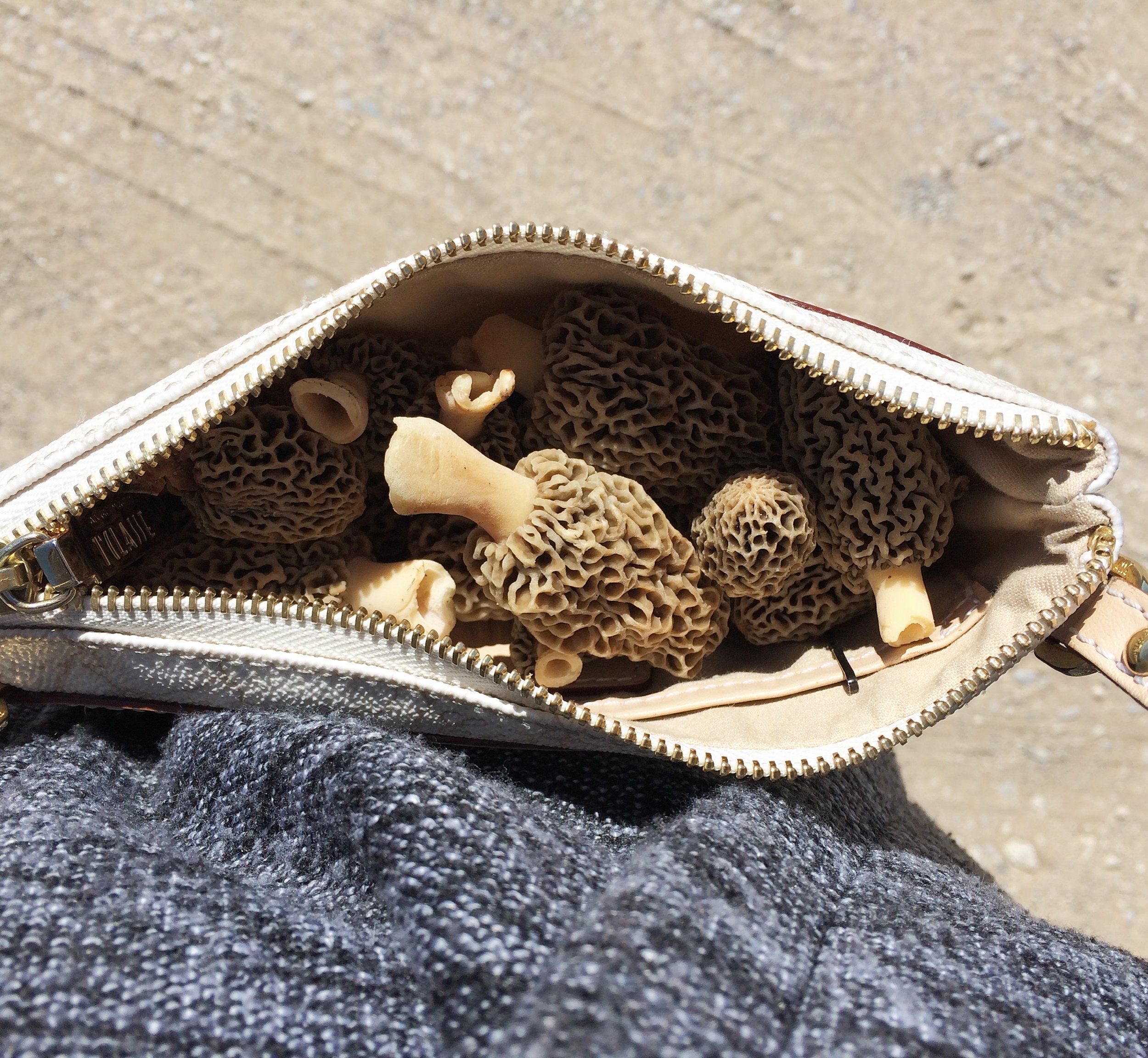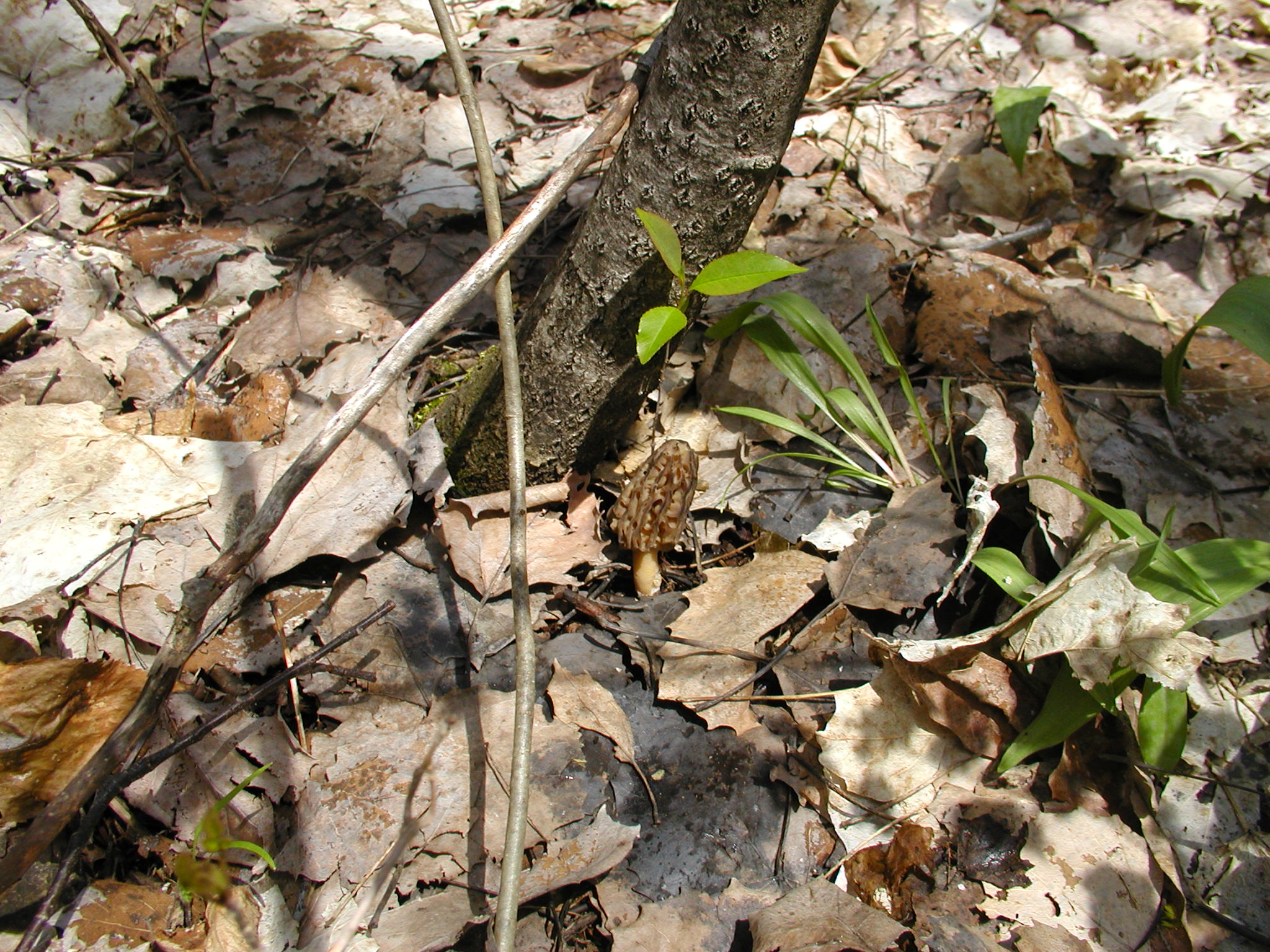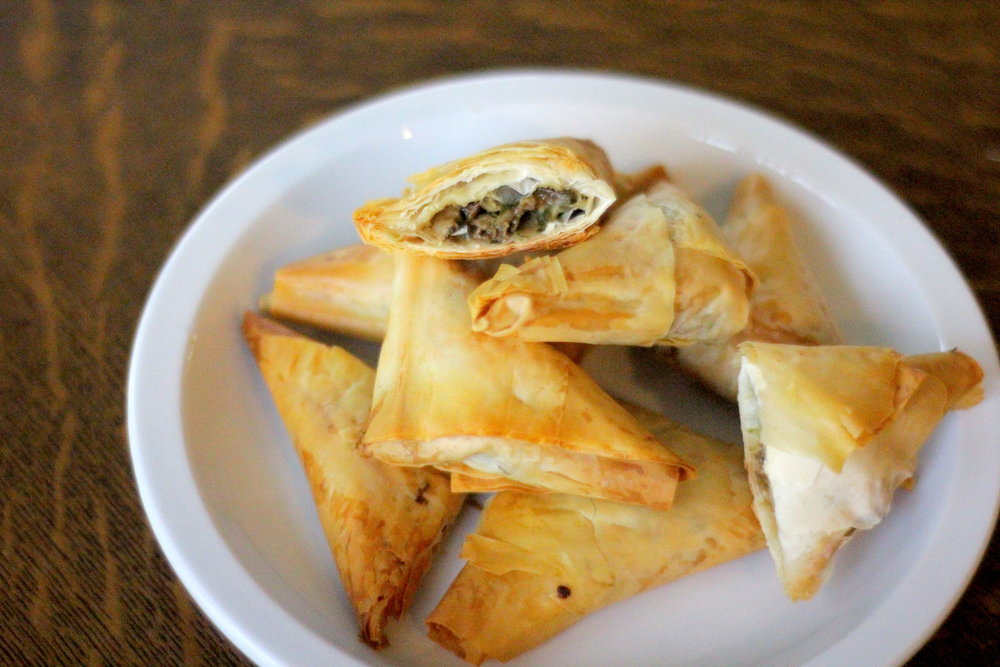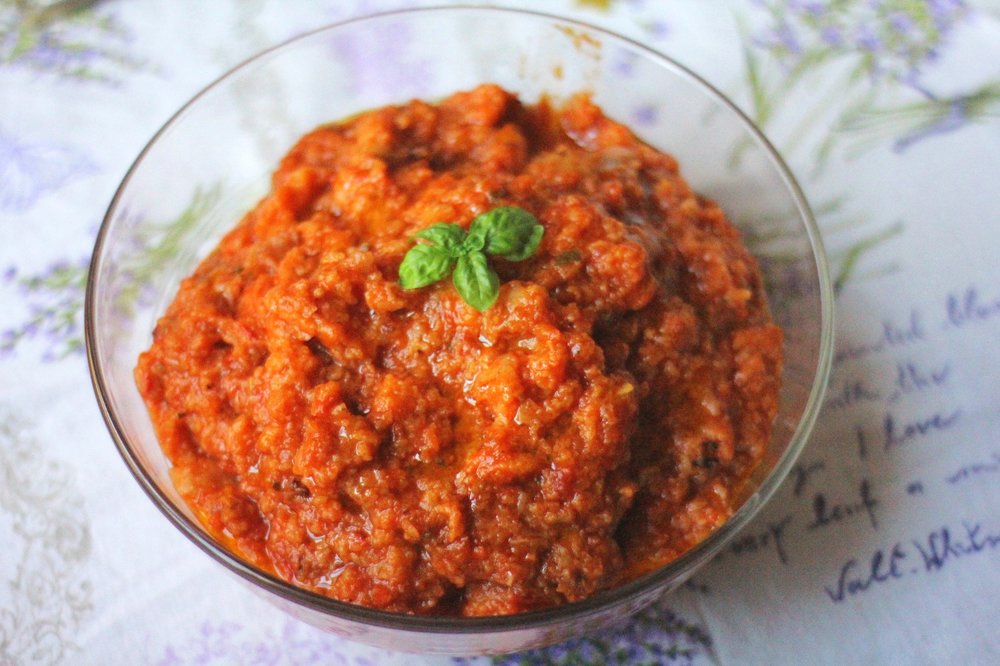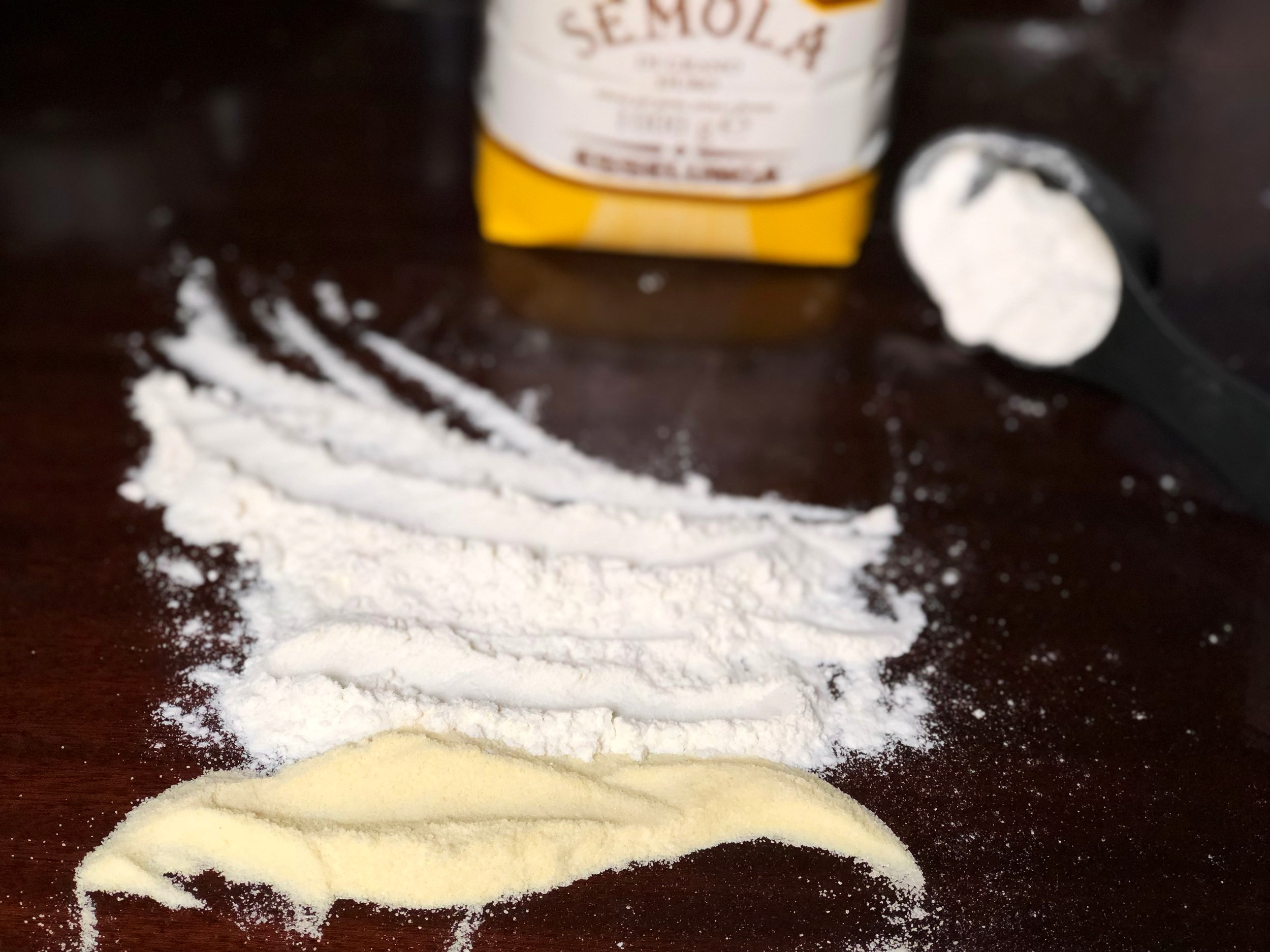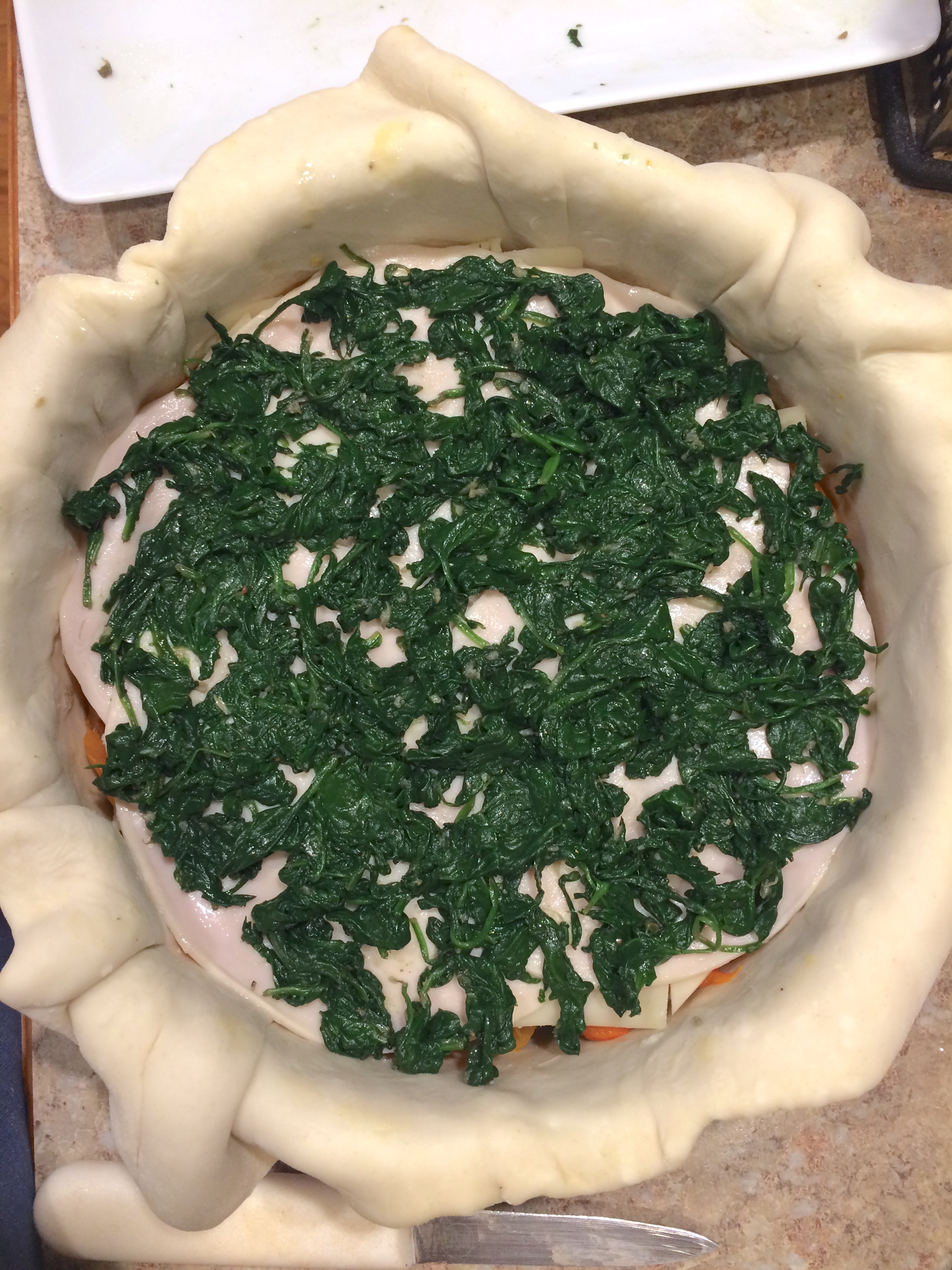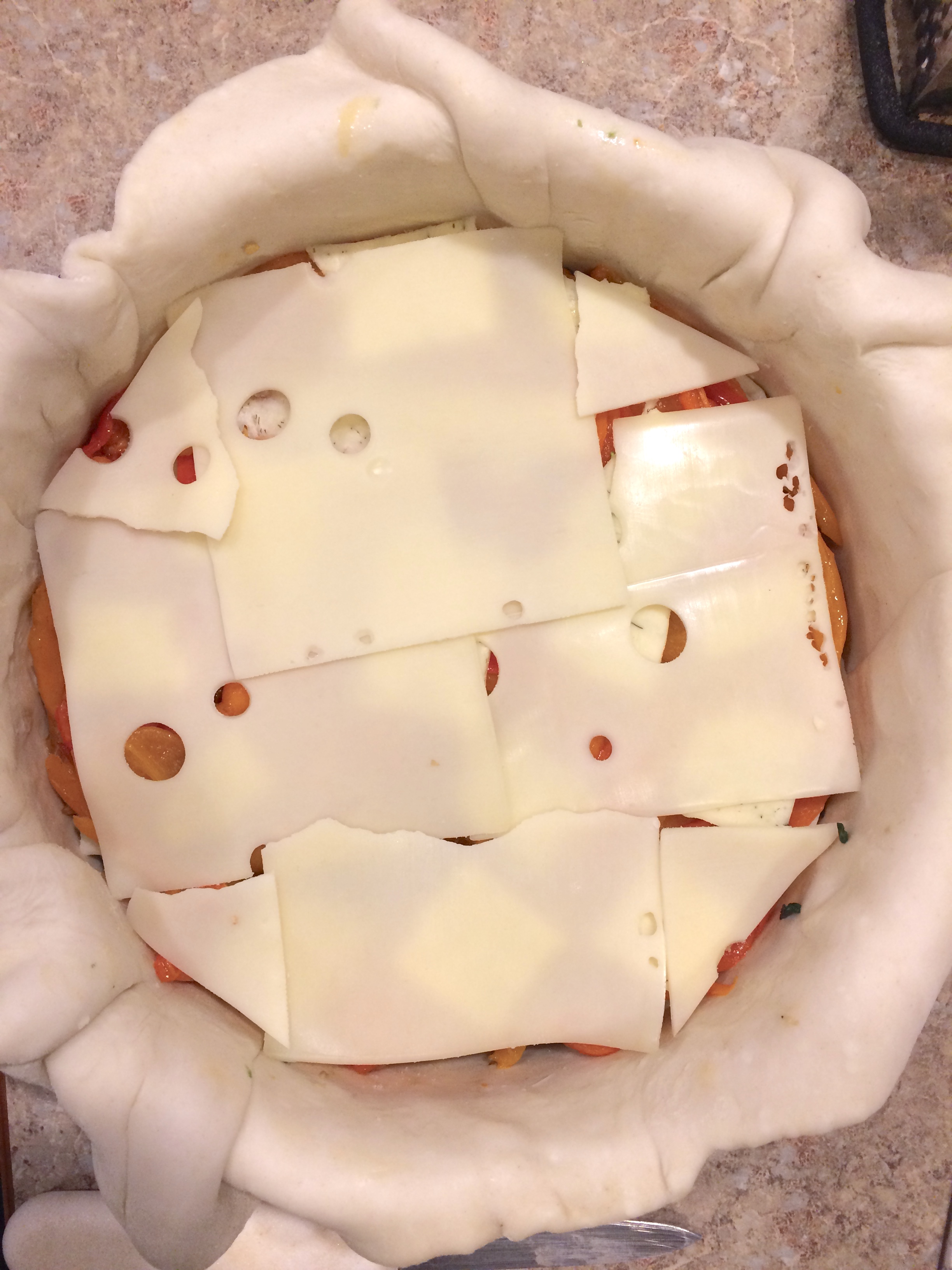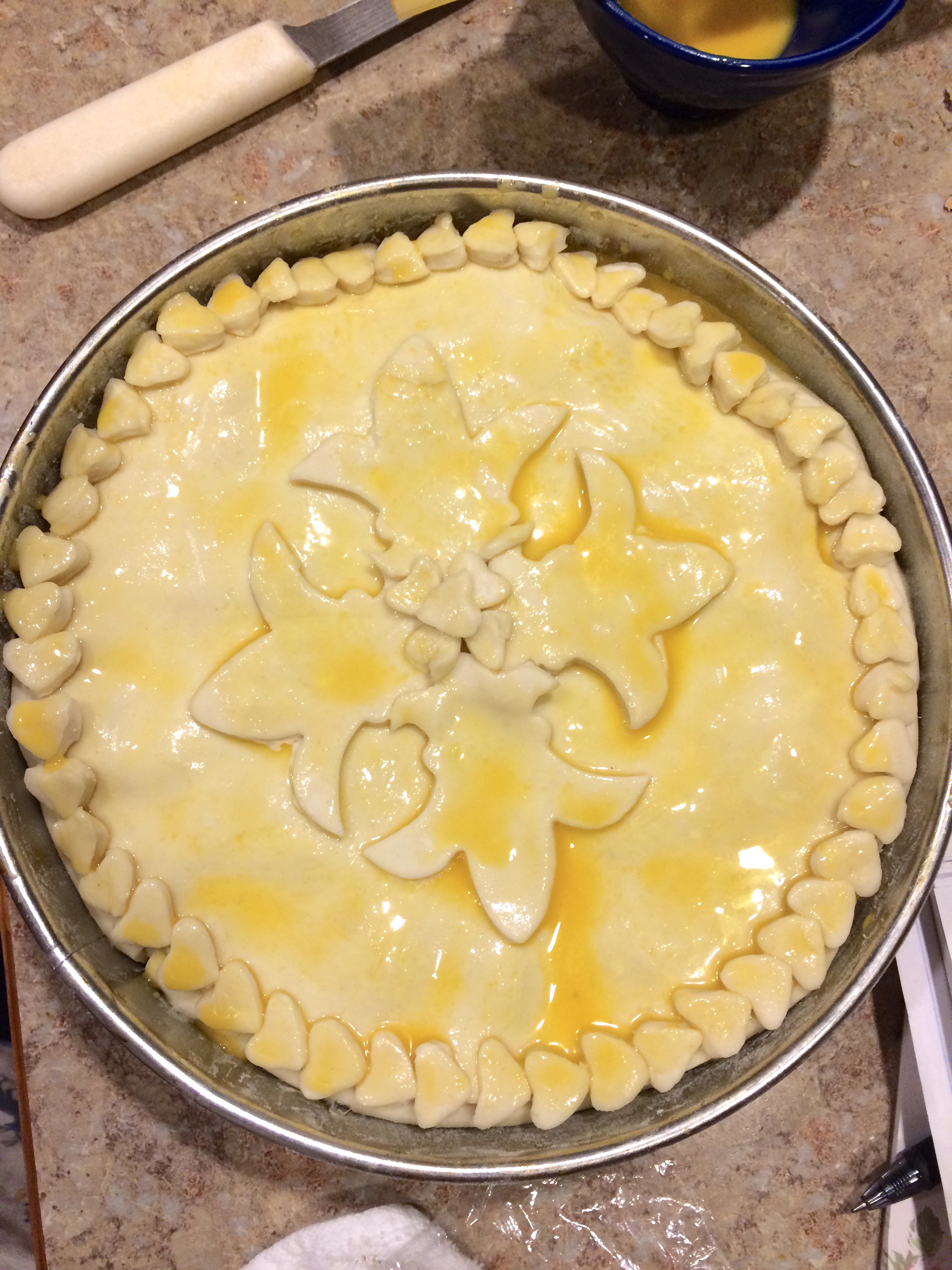Fresh Mozzarella and Tomato Sandwich
/Some of the best things in life are the simplest things. A simple gesture of love, a simple word of appreciation, a simple day off, a simple meal.
What is it that makes simple, special? The intent, or quality behind the simpleness. A simple gesture of love done with purity of heart, a simple word of appreciation that is genuine, a simple day off with no stress to go and be, a simple meal with quality ingredients.
It’s this last idea that I’m honing in on today. A meal so simple it almost seems boring. Until you eat it, and all you want for dinner is the same thing. And lunch again the next day. This happened to me this past week with a fresh mozzarella and tomato sandwich on focaccia.
You know when you’re so hungry and everything tastes extra amazing? Then it keeps coming to mind, even if it was a humble meal, until you eat it again? One time, I think it was last summer, I unexpectedly had to go into the city center and didn’t have time to eat lunch beforehand. I live about a half-hour bus ride outside of the center, then when you add in the time spent waiting for a bus, walking all around the center to accomplish errands, then waiting and getting a bus back home, simple 1 or 2 errand runs can easily end up being 3+ hour ventures. Having missed lunch and still needing to go to the other side of town, my husband and I decided to get a quick sandwich from a bar. This is a very common lunch, with all the bars (where you eat breakfast, lunch, get a coffee) replacing their morning pastries with fresh sandwiches starting around 10:30am. These are a hot option for Italians on lunch break or as a quick snack. There are usually two sizes, and they often have just 2-3 ingredients each. Probably a slice of meat and cheese, like mortadella (which is the cooked prosciutto/ham) and mozzarella, or tuna and boiled egg, prosciutto and cheese, etc. They’re simple, and maybe because I’m used to the super stuffed American sandwiches they seemed a bit measly to me. (But much more affordable and realistic for a lunch on the go, costing between 2.5-4euro usually, where an American sandwich would probably run you $6-10.) Until this particular day, and it suddenly became the best tasting sandwich ever. Fresh mozzarella and tomato with a bit of dried oregano sandwiched between two fluffy piece of salty, oily focaccia. I immediately wanted another. Alas we were already on the bus to the other side of town.
So the other day I was thinking, what’s for lunch? And this tomato and mozzarella sandwich kept haunting my thoughts. A run to the grocery store produced all the necessary missing ingredients, and within a matter of minutes I was devouring this dream of a sandwich. And it was so much better than I remembered. I had it again the next day for lunch. And maybe again tomorrow, using up the last of the cheese and tomatoes.
In fact, it’s very similar to caprese, it's simply in sandwich form without the fresh basil. To read up on using the best ingredients for caprese salad (that also apply to today’s sandwich), click here.
I feel weird calling this a recipe because it’s so simple, so I shall say, here is the recreation of the Italian bar Fresh Mozzarella and Tomato Sandwich!! Quality of ingredients is of utmost importance. Quantity and exact measurements are not.
This post may contain affiliate links. If you make a purchase using these links, Jennyblogs may receive a small commission, at no extra cost to you. This helps to support Jennyblogs. For further information see the privacy policy. Grazie!
Inspired by the Italian bar sandwiches
Fresh Mozzarella and Tomato Sandwich
Makes 2 sandwiches
Ingredients:
2 pieces of focaccia
1 large heirloom tomato
200g fresh mozzarella
dried oregano
extra virgin olive oil
Directions:
Slice each focaccia to make halves for a sandwich.
Core tomato and slice. Slice the mozzarella.
Arrange tomato and mozzarella slices on two of the focaccia halves. Drizzle with extra virgin olive oil and sprinkle with oregano. Voila! Buon appetito.
Jenny’s Notes:
I used schiacciata the first time I made this (the Tuscan variant of focaccia, usually with a bit more oil that renders it crispier), but a slightly softer focaccia would be best for sandwiches, easier to slice and eat. Buy or make your own at home!
Other Italian bar sandwich ideas include: Prosciutto and asiago, mortadella and asiago, bresaola with arugula and gran padano, tuna with hard boiled eggs, mayo, and tomato, smoked salmon with arugula and mayo. Some of these ingredients might be harder to find outside of Italy, but if you live or visit here, these are great ideas for a quick lunch and readily found in grocery stores.

Fresh Mozzarella and Tomato Sandwich
ingredients:
- 2 pieces of focaccia
- 1 large heirloom tomato
- 200g fresh mozzarella
- dried oregano
- extra virgin olive oil
instructions:
How to cook Fresh Mozzarella and Tomato Sandwich
- Slice each focaccia to make halves for a sandwich.
- Core tomato and slice. Slice the mozzarella.
- Arrange tomato and mozzarella slices on two of the focaccia halves. Drizzle with extra virgin olive oil and sprinkle with oregano. Voila! Buon appetito.
NOTES:
Calories
462.69Fat (grams)
29.57Sat. Fat (grams)
12.13Carbs (grams)
26.07Fiber (grams)
2.33Net carbs
23.74Sugar (grams)
4.25Protein (grams)
23.83Sodium (milligrams)
834.01Cholesterol (grams)
64.09






